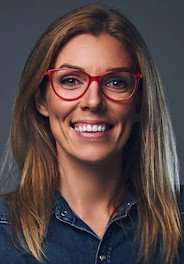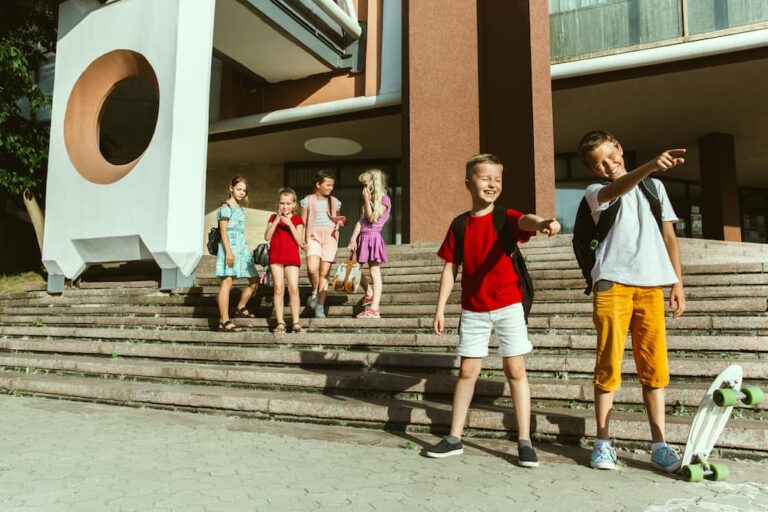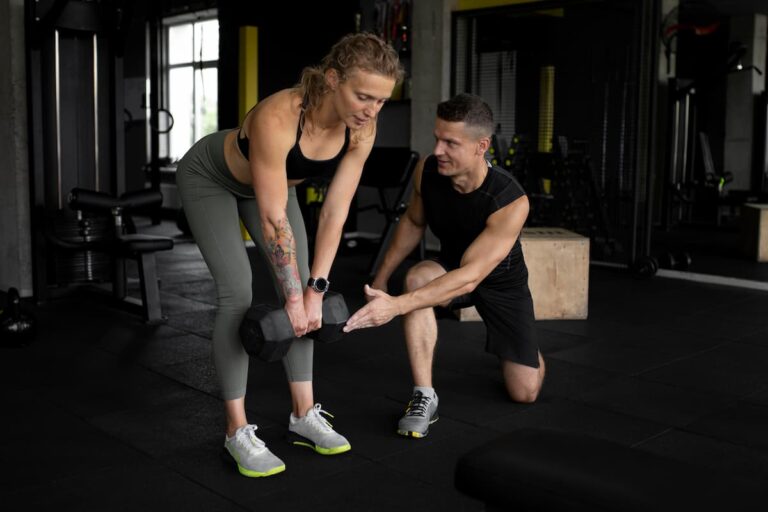Blog tercer ciclo claretianas
Ciclismo en irlanda
Tras una inspiradora visita a las Supercarreteras Ciclistas de Londres, donde la segunda Academia de Autopistas Ciclistas exploró diferentes soluciones para el diseño y la construcción de autopistas ciclistas en Europa, llevamos a la tercera Academia de Autopistas Ciclistas a la sede de la Radschnellweg 1 (RS1).
Partes importantes de la vía discurren por el centro de las ciudades; más del 90% de ella utiliza calles, caminos y líneas de tráfico existentes, como antiguas vías de ferrocarril y caminos de ribera de canales. Pulse aquí para saber más sobre la RS1.
En esta tercera Academia de Autopistas Ciclistas los socios de CHIPS junto con los participantes de la Academia de Autopistas Ciclistas (que representan autopistas ciclistas tan exóticas como las de Moskou en Chile, junto con las de Copenhague, Alemania, Flandes y los Países Bajos) exploraron el tema de «vender» su Autopista Ciclista.
Michael Adler, de la agencia de comunicación Tipping Points, conocida por su comunicación sobre la RS1, inauguró la Academia con una presentación sobre la importancia de la comunicación a la hora de promocionar su autopista ciclista. «No se puede no comunicar», dijo Michael Adler, que presentó la campaña de comunicación que se ha llevado a cabo para la RS1. También demostró la importancia de unas ciudades más sostenibles y activas para el futuro porque «si se planifican las ciudades para las personas se pueden resolver todos los problemas».
Upcoming cycling events
We had the great joy of having the Eucharist at the retreat house. Father Manuel Puga, Cuban priest in our Diocese of St. Augustine, celebrated mass for us. He made reference to the tireless walker, Father Claret. Father Manolo met our sisters in Cuba and speaks wonders about the work they are doing there.
We had the great joy of having father Manuel Puga celebrate the Eucharist with us this our first full day of work. He is a priest who knew our sisters in Cuba. He is very proud to have met them for he realizes they are great missionaries who give their lives for the people.
Mary, Mother of light, accompanied our beginning. 1Jn. 1:5-7 illuminated our reflection. And the video «Focus your Vision» Dewitt Jones led us to look for what we want as a Delegation, our vision, our focus, our mission.
Tomorrow, Monday, December 26, we begin our journey towards our Assembly. Ondina, Elisabet, Claudia, Olga and Carmen are traveling from Miami to Jacksonville. Regina, Margarita and Vivian are traveling from West Palm Beach. Yoly, Lili, Teresa and Chony are traveling from Mayo. We will meet at Marywood Retreat Center outside of Jacksonville at 4 pm. There we will be sharing Christmas and a time of reflection and evaluation. Tomorrow, all 11 of us plus our sister Chony, from Rome, will meet at 4 pm at Marywood Retreat Center. Keep us in your prayers!
Cycling license
Higher education teachers from Colombian regions and Colombians belonging to Afro-descendant communities will be able to pursue graduate studies in the United States thanks to the call for applications that the Ministry of National Education and Fulbright will have open until May 31, 2013.
Colombians belonging to Afro-descendant communities who are selected will be able to study for a master’s or doctoral degree at a U.S. university. Applicants must demonstrate the relevance of the postgraduate program for the development of their communities and the country and, like the teachers from the Colombian regions, once they complete their studies they are obliged to return to Colombia to apply the knowledge acquired in their communities.
Remember, the deadline is May 31, 2013. Consult the terms and all the information by accessing the ‘Scholarships’ site and then ‘Grants for postgraduate studies for Colombians’ which you will find at www.fulbright.edu.co.
Claretianas zaragoza
Siglos de predicación y arte nos han llevado a suponer sin pensarlo que los dos discípulos que viajaron de Jerusalén a Emaús el domingo después de la Crucifixión, y cenaron allí con Cristo resucitado, eran hombres. Seguramente uno de ellos lo era: la Biblia nos dice que se llamaba Cleofás (Lucas 24:18). Pero deja sin nombrar a su compañero.
Algunos estudiosos de la Biblia han sugerido que la compañera de viaje de Cleofás era su esposa, María. (N. T. Wright, James Montgomery Boice y Jim Cole-Rous, por nombrar sólo a tres, creen que ésta es la interpretación más razonable, y muchos otros, como Wayne Grudem, la consideran una posibilidad).
Rowan LeCompte (estadounidense, 1925-2014) e Irene Matz LeCompte (estadounidense, 1926-1970), Tercera estación de la resurrección: La marcha a Emaús (detalle), 1970. Mosaico, Capilla de la Resurrección, Catedral Nacional, Washington, DC. Foto: Victoria Emily Jones
Su caso se construye mezclando las identidades de «María, madre de Santiago» (Mateo 27:56; Marcos 15:40, 16:1; Lucas 24:10), presente en la Crucifixión y testigo de la tumba vacía, y «María, esposa de Cleofás» (Juan 19:25), también presente en la Crucifixión, y luego reconociendo que «Cleofás» es una variante ortográfica de «Cleofás». Se cree que Alfeo -identificado en Mateo 10:3, Marcos 3:18, Lucas 6:15 y Hechos 1:13 como el padre de Santiago- es la forma aramea del nombre. Estas conexiones están bien respaldadas por la tradición eclesiástica, que se remonta al siglo II.

Bienvenid@, soy Patricia Gómez y te invito a leer mi blog de interés.

